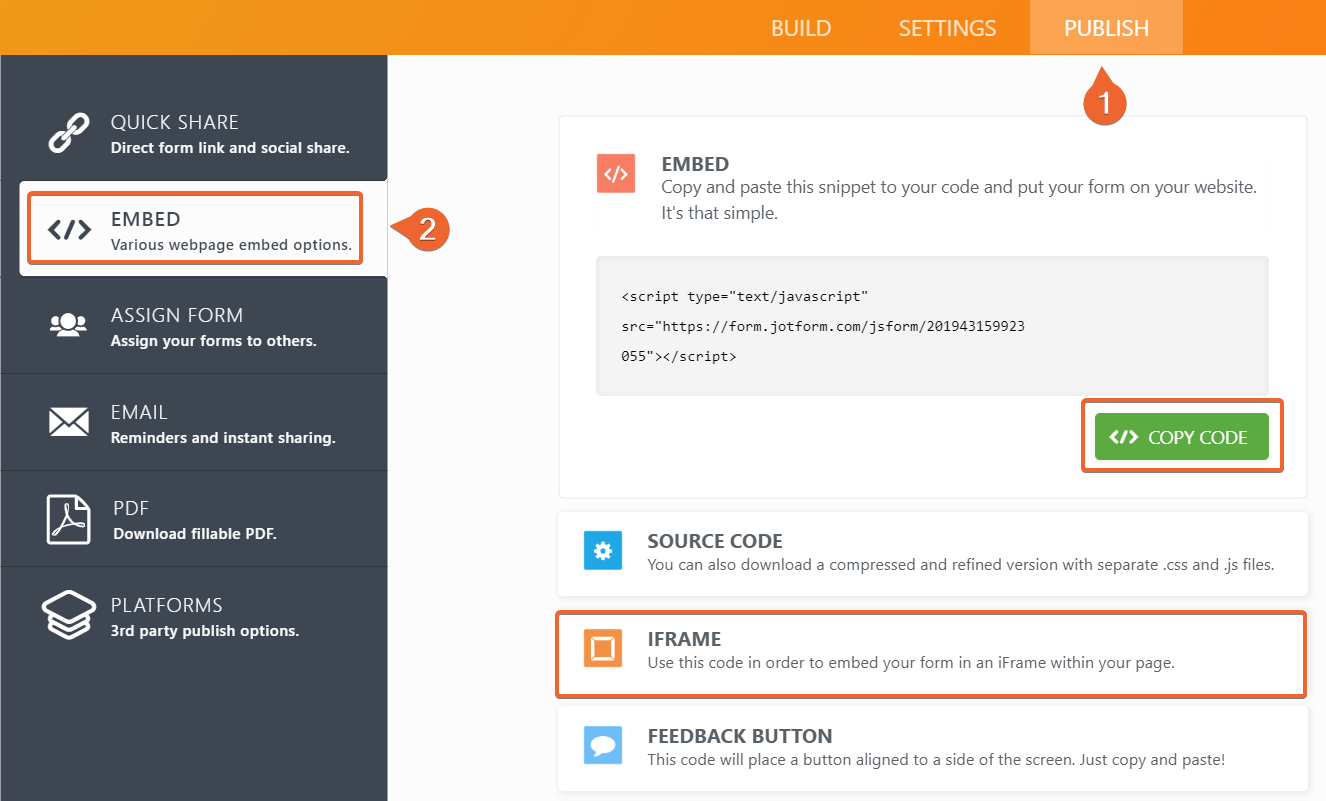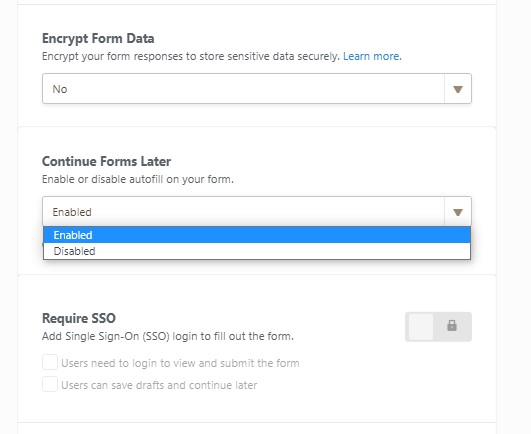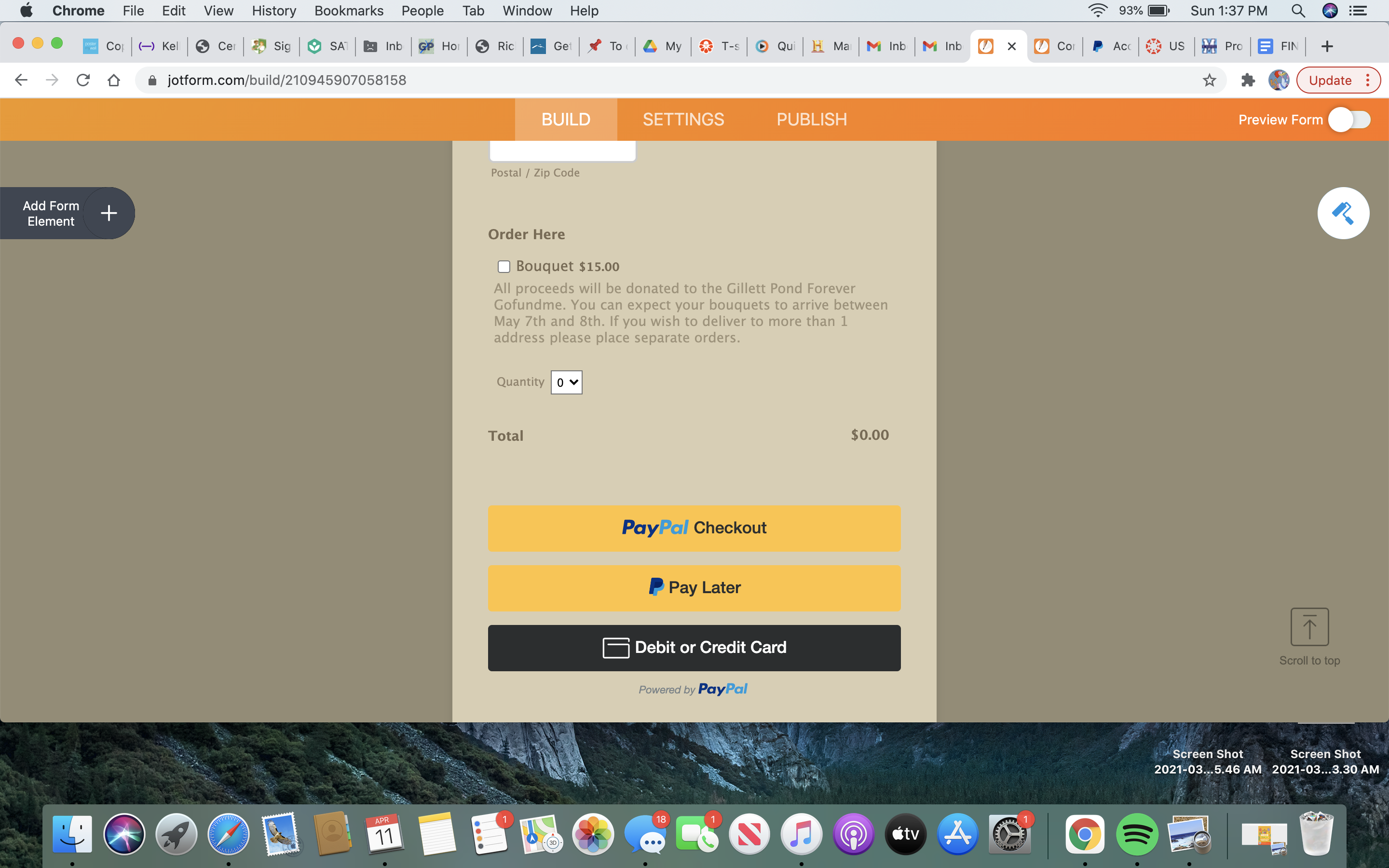

Some people also opt to create a DIY version of forms like this, but this requires programming knowledge and a lot of time. How will they know which form to return to?

This can be a little disjointed if they stop halfway through. If they complete one form, it is saved and they get redirected to the next. To save progress in Typeform they suggest a workaround by chaining multiple forms together. However if they use a different computer or device, or they clear browser storage… all will be lost. Others will store partial entries in the browser - so if the client accesses it again later, everything they typed will still be there. Some forms tools allow saving partial entries with no action taken from the person filling it out. They also aren’t suitable if you need clients to provide files or images. Expect to see all kinds of weird and wacky formatting in there when they are done. The downside of using online documents is that they are a bit too “open” for your clients. Just make sure you provide clear instructions on how you expect them to fill it out. These kind of look like a box to type in. You can replicate the question and answer format by adding 1x1 tables into the document. There is no risk of losing data (unless they explicitly delete something) or misplacing critical emails. Collaborative documentsĪn easy fix to this that doesn’t require much investment is a collaborative document like Google Docs or Office 365.Įverything your client types or uploads into the document is automatically saved. That’s a sure-fire way to confuse them to the point of giving up. If you’re using Google Forms it’s worse - it requires that clients submit the unfinished form and come back later to edit it. So if you’re currently thinking about using the save and continue feature of Jotform, Gravity Forms, Formstack, Survey Monkey or similar - it’s worth looking into some other options. Very few people give this much thought, and clients notice when you’ve made their lives easier. While there is a cost in resources or time in simplifying your client processes, you can reconcile it knowing that it will help you stand out from other businesses. If not, guaranteed you will encounter clients that will struggle. You even have to go above and beyond what you think is simple.


If you want clients to follow your processes, we’ve learned that you have to make things dead simple for them. Even if most of your clients are fine, it only takes a few experiences to blow up in your face before you realise there has to be a better way. When you’re working with clients, it’s a given that at least some of them aren’t going to be good with technology. To you and I, it seems pretty easy to work out how that “save & continue later” button works. When you’re capable with technology, it’s easy to lose sight of how much some people struggle. Why clients struggle with save & continue This experience was one of the main driving forces behind building autosave into Content Snare. Their reactions ranged from a bit sad to downright mad. Or they’d just find some way to mess it up.The email they were supposed to receive with a link to return would go missing.They’d forget to hit the save button (or claim they did and say it didn’t work).But almost immediately the problems started. Some clients got through the forms with no issues. At the top, there were simple instructions showing them how it works so they could fill it out in their own time.Īt first it seemed ok. There were lots of questions and it would take a while to fill out. When we built websites for clients, we’d ask them to fill out a creative brief. But this feature can seriously frustrate your clients, reflecting badly on your process. It allows them to save progress, return later and resume filling out the form. That’s why the “save and continue” feature found in forms tools like Jotform, Wufoo and Gravity Forms can seem like a godsend. It’s a lot to ask a client to fill out a lot of info in one sitting. Do you send large forms to your clients to fill out?


 0 kommentar(er)
0 kommentar(er)
